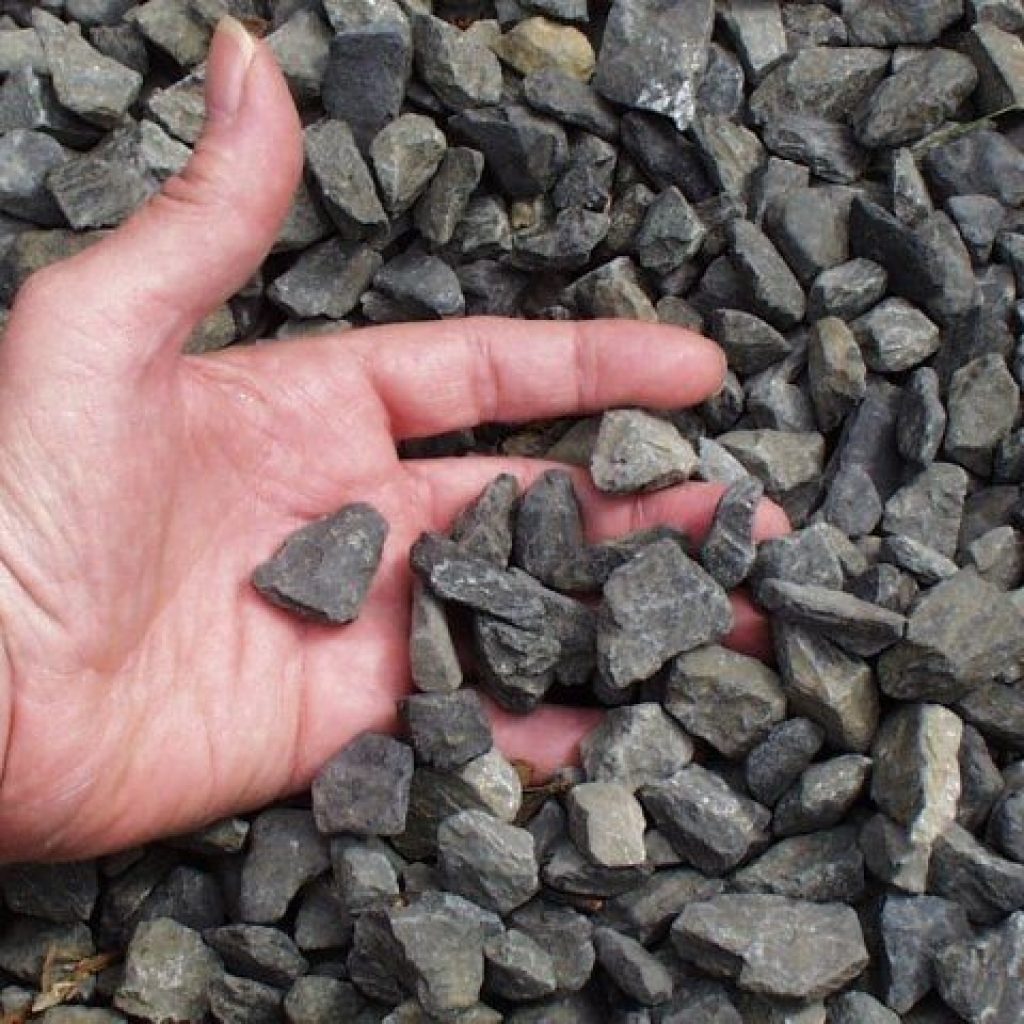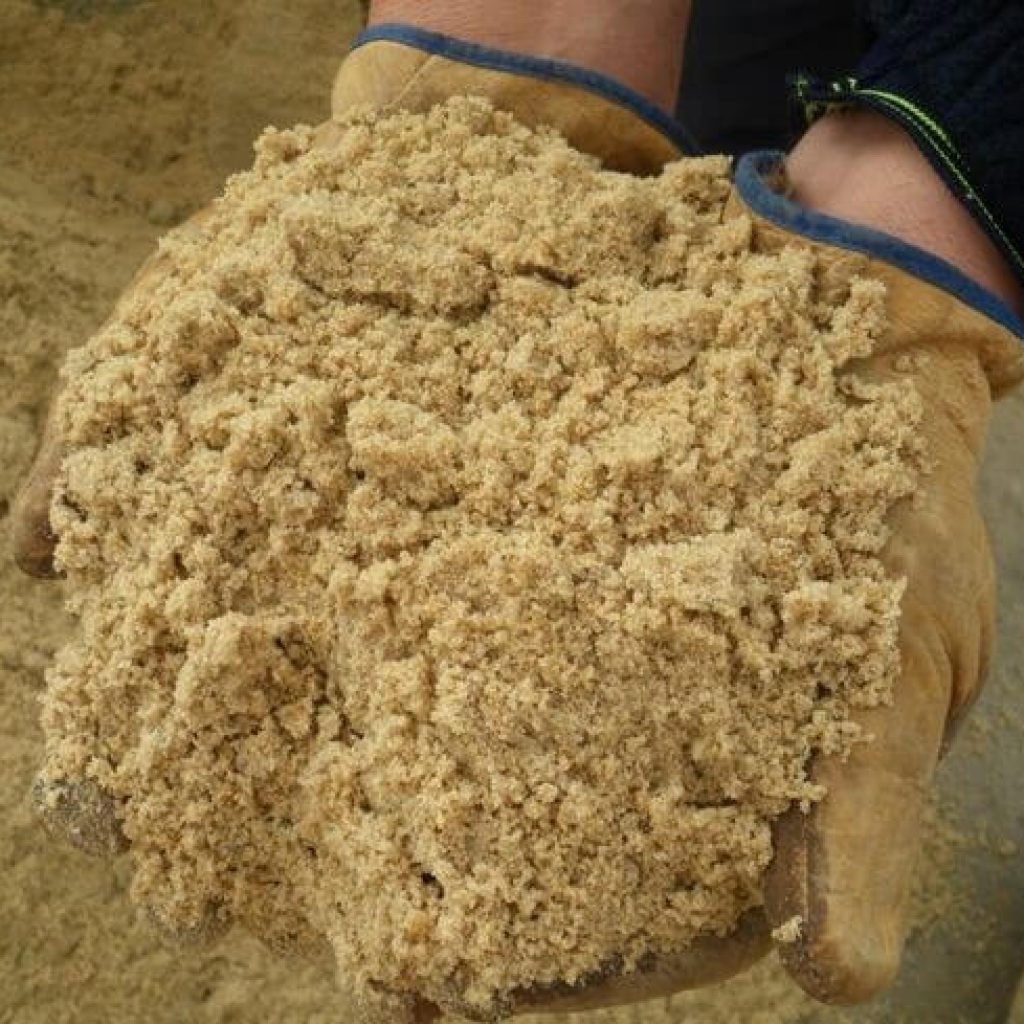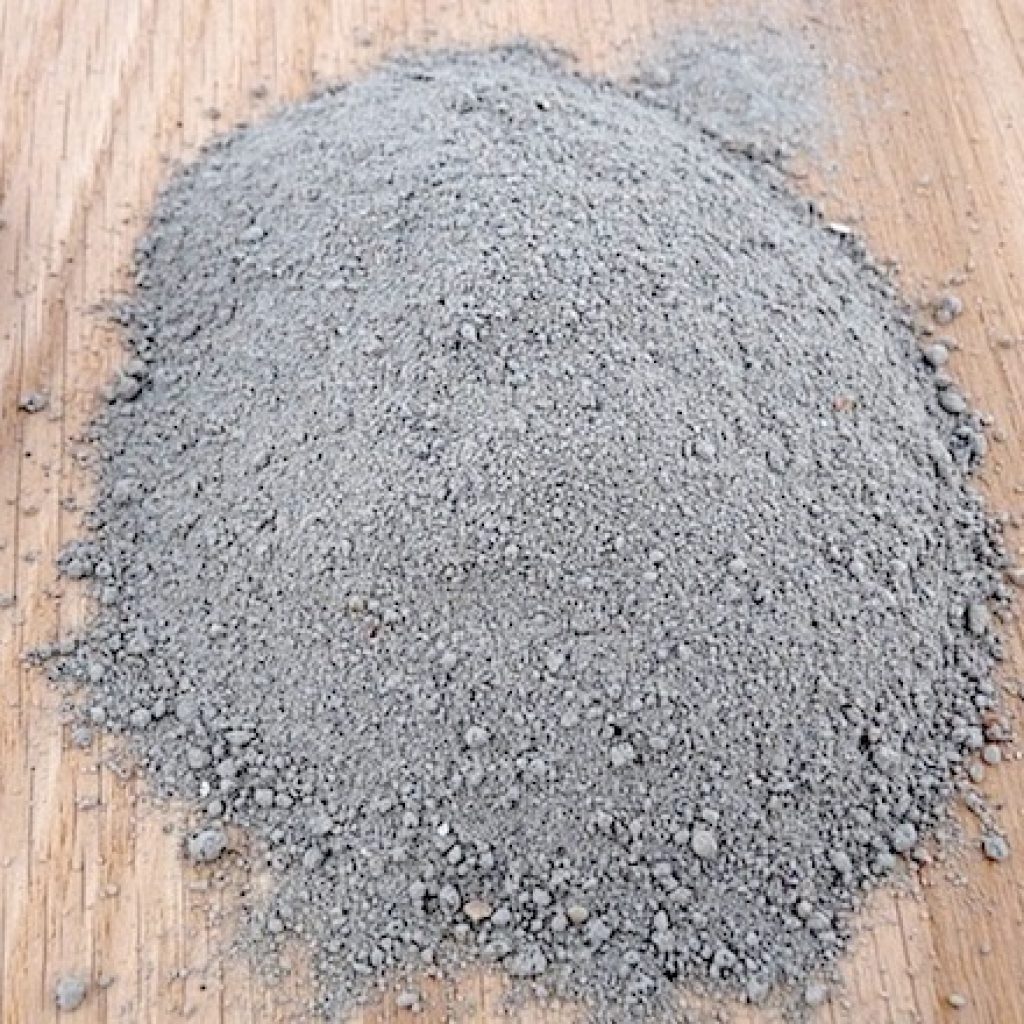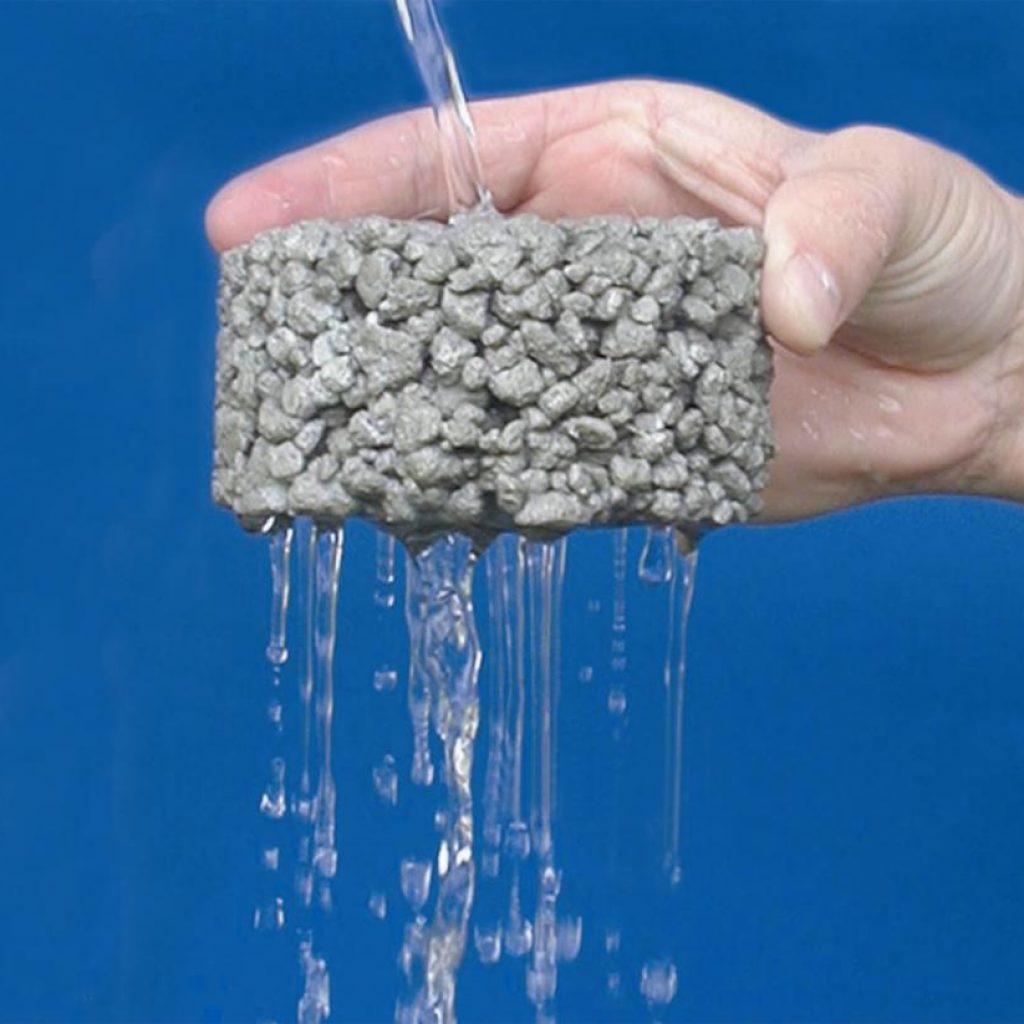Concrete components – understanding the composition in 5 minutes
- Few words about concrete
- Let’s analyze one of the concrete components – gravel
- Choosing sand for concrete production
- What function do binders perform?
- What kind of water can be used in concrete production
- The effect of additives on the characteristics of the material
Concrete is a stone material of synthetic origin. It is produced by solidifying mixed and compacted mixture. Concrete components include: fine aggregate (sand), coarse aggregate (crushed stone), inorganic binding materials. You can use a variety of additives if necessary. Accurate mixing ratio depends on aggregates and concrete properties.
Gravel
Crushed granite or gravel is most often used in concrete production, less often – slag or limestone gravel (waste from metal production, some chemicals). Expanded – clay aggregate is used for lightweight concrete production. It is possible to use crushed and separated by size concrete or brick structures (secondary gravel).

Gravel is an inorganic, granular, loose material with grains over 5 mm in size (according to European standards – over 3 mm). It is recovered by crushing rocks, gravel and boulders, producing by-products of overburden and host rocks or substandard waste of mining enterprises for ore processing (ferrous, non-ferrous and rare metals of the metallurgical industry) and non-metallic minerals of other industries.
It is necessary to use a grade of gravel with the same characteristics as concrete grade to give it frost resistance and durability. Another gravel parameter is flakiness (characteristic of the shape of grains), which is expressed as a percentage of needle-like and lamellar grains. A large number of such grains (over 35%) negatively affects the cement consumption and reduces concrete strength.
Sand
It is allowed to use river and quarry sand that meets particle size distribution (grain size) and impurities presence standards in concrete mixture production. Sand with grains over 10 mm and presence of more than 5% of grains 5-10 mm leads to voids in concrete.
Sand is a sedimentary rock and an artificial material containing rocks grains. It consists of pure mineral quartz (a substance of silicon dioxide). Natural sand is a loose mixture of grains 0.16-5 mm in size, formed as a result of the destruction of hard rocks. Grains can be alluvial, dealluvial, marine, lake, aeolian, depending on the conditions of accumulation. Sand has a round shape if it has arisen as a result of reservoirs and watercourses activity.

Concrete quality depends on the sand composition. It is important to take into account that organic, mica, clay impurities reduce strength. Presence of such impurities should be minimized if structures will be heavily loaded during operation.
Binding substances
Filling aggregates are bonded with binder substances, usually porland or slag-porland cement. Other types of binders such as sulfate-resistant and pozzolanic cements are used less frequently.
Binders are substances capable of hardening as a result of physical and chemical processes. They change from a dough-like state to a stone-like state, and binder substances join stones or grains together. This property is used to make mortars – masonry, plaster and special, as well as concrete, sand-lime bricks, asbestos cement and other unfired artificial materials.

Cement grade and type determines the following characteristics of concrete: strength, frost resistance, moisture resistance, etc. Therefore, choice is conditioned by concrete structure function and conditions of its use. Cement grade should exceed the strength grade of concrete by 2-3 times. When you create a concrete mixture, you should take into account that after production, cement reduces its strength by 10% after 1 month, by about 30% after six months.
Cement storage conditions: tank must be dry, well ventilated; storage well separated between different types of cement to avoid any unwanted mixing.
Water
Water is required during concrete mixture production, cleaning, sand and gravel washing and further concrete solidification. It is allowed to use potable, sea, industrial, groundwater and water from different ponds. It is possible to use secondary water after sand and gravel washing.

Traces of grease, oil or petroleum products are allowed only in the form of a film on the surface. Other impurities may be used only in a small volume, which will not affect the quality (frost resistance, durability, moisture permeability) and setting time of cement (not more than 25% of the sample on purified drinking water). It is unacceptable to use swamp, wastewater or peat water.
Additives
The use of additives affects physical and chemical characteristics of material:
- increases concrete mixture slump
- prevents delamination
- reduces water separation
- changes time and conditions of mixture setting
- modifies the porosity and density of concrete through its filling, air-entraining, gas- or foaming effect
- help to control concrete deformability
- inhibit rusting of steel in reinforced concrete
- increases the protective concrete properties for steel
- make concrete more resistant to aggressive environmental conditions
- change electrical conductivity
It is common to use a combination of additives that will have an effect on a number of concrete characteristics at the same time. They are called – complex additives

